Physical Address
304 North Cardinal St.
Dorchester Center, MA 02124
The musculotendinous unit of the hip joint responsible for hip adduction is susceptible to developing tendinitis from overuse or trauma from stretch injuries. Inciting factors may include the vigorous use of exercise equipment for lower extremity strengthening and acute stretching of the musculotendinous units as a result of sports injuries. The pain of adductor tendinitis is sharp, constant, and severe, with sleep disturbance often reported. The patient may attempt to splint the inflamed tendons by adopting an adductor lurch type of gait (i.e., shifting the trunk of the body over the affected extremity when walking).
On physical examination, the patient will report pain on palpation of the origins of the adductor tendons. Active resisted adduction and passive abduction reproduce the pain. Patients with adductor tendinitis will also exhibit a positive Waldman knee squeeze test, which is performed by having the patient sit on the edge of the examination table. The examiner places a tennis ball between the patient’s knees and asks the patient to hold it there with gentle pressure from the knees ( Fig. 124.1A ). The patient is then instructed to quickly squeeze the ball between the knees as hard as possible. Patients with adductor tendinitis will reflexively abduct the affected extremity because of the pain of forced adduction, causing the ball to drop to the floor ( Fig. 124.1B ). Tendinitis of the musculotendinous unit of the hip frequently coexists with bursitis of the associated bursae of the hip joint, creating additional pain and functional disability.
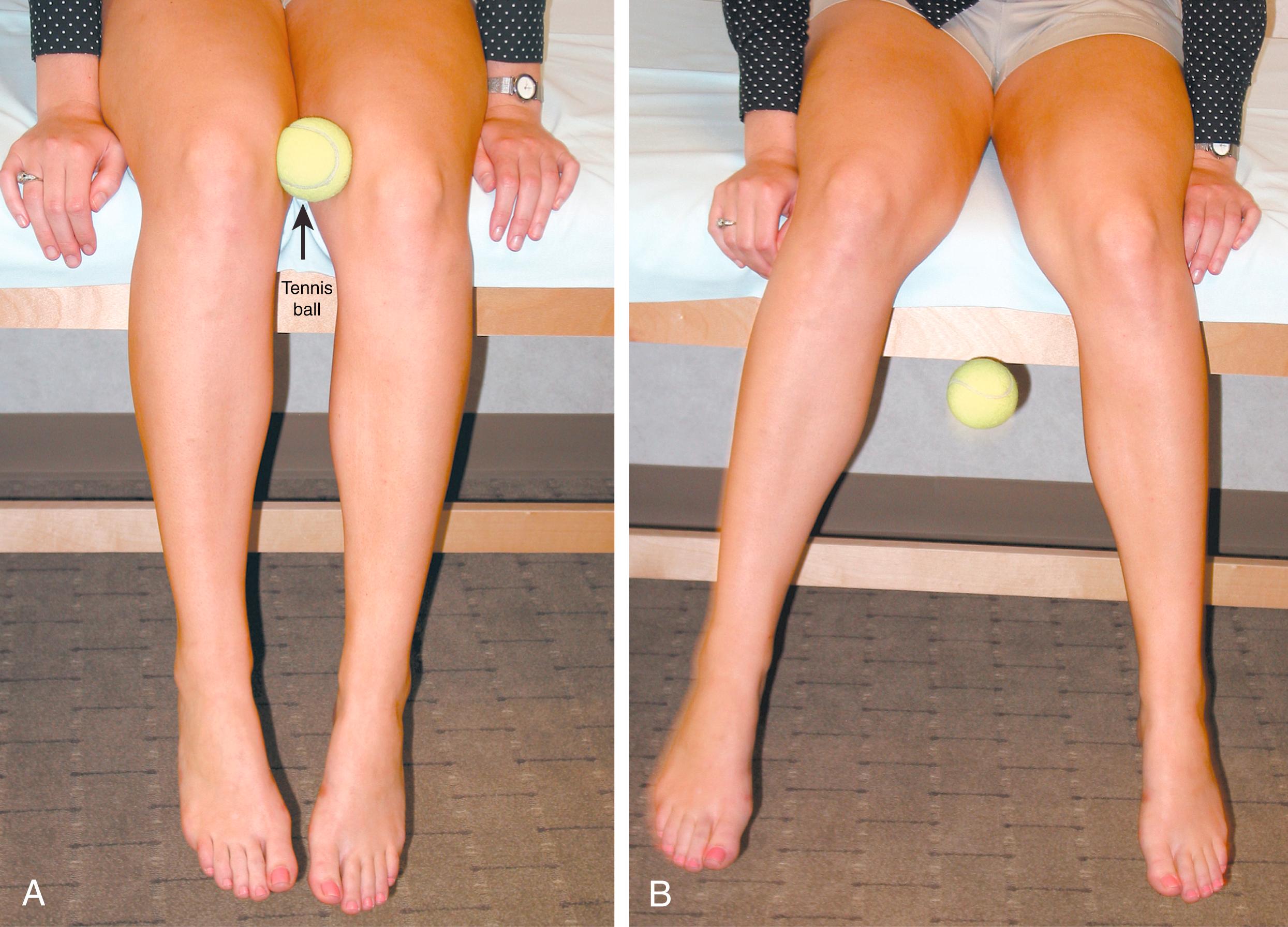
In addition to the previously mentioned pain, patients with adductor tendinitis often experience a gradual decrease in functional ability with decreasing hip range of motion, making simple, everyday tasks such as getting in or out of a car quite difficult. With continued disuse, muscle wasting may occur and an adhesive capsulitis of the hip may develop.
Plain radiographs are indicated for all patients with hip pain. On the basis of the patient’s clinical presentation, additional testing may be indicated, including complete blood cell count, sedimentation rate, and antinuclear antibody testing. Magnetic resonance and ultrasound imaging of the hip and pubis symphysis are indicated if tendinitis, aseptic necrosis of the hip, tear of the adductor muscles, or occult mass is suspected ( Figs. 124.2, 124.3, 124.4, and 124.5 ). The injection technique described later serves as both a diagnostic and a therapeutic maneuver.
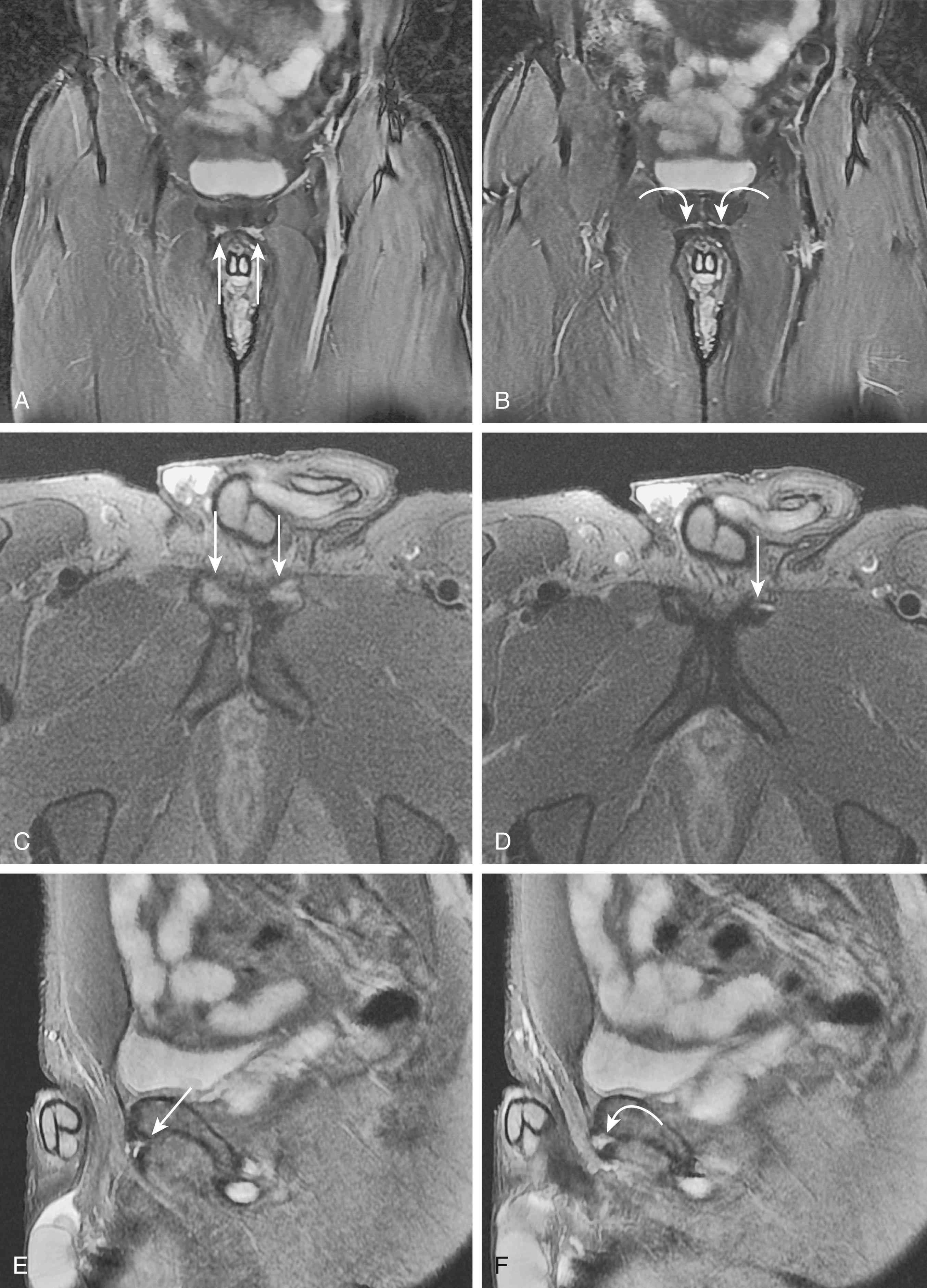
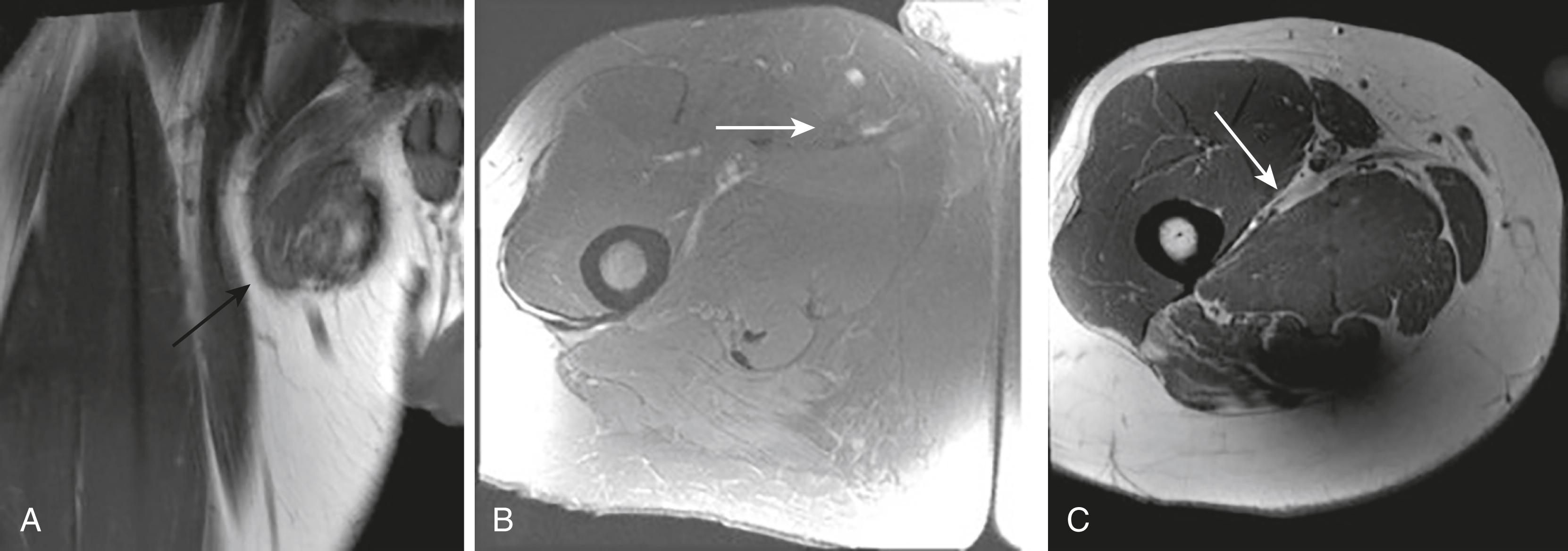
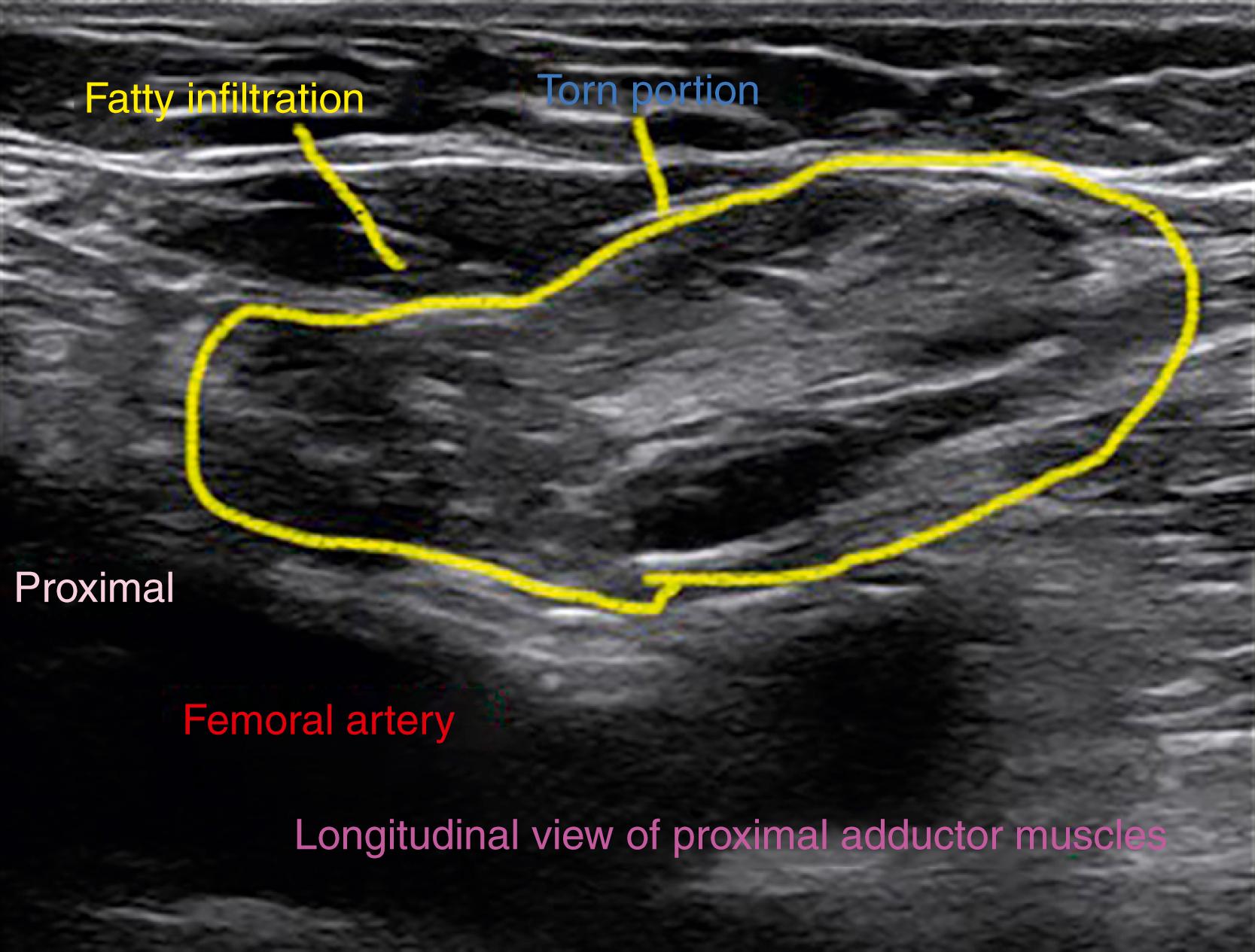
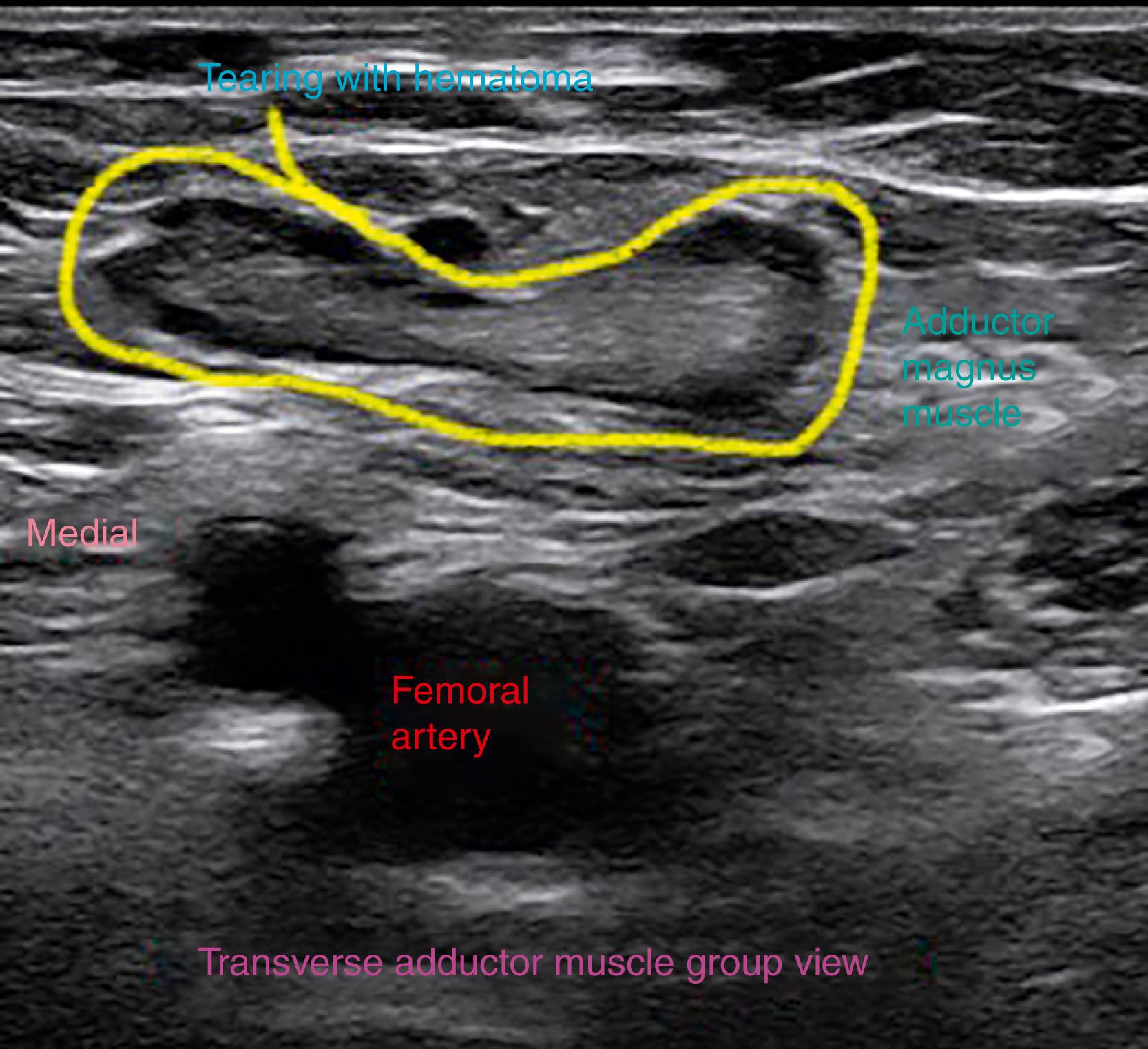
The adductor muscles of the hip include the gracilis, adductor longus, adductor brevis, and adductor magnus muscles ( Fig. 124.6 ). The adductor function of these muscles is innervated by the obturator nerve, which is susceptible to trauma from pelvic fractures and compression by tumor. The tendons of the adductor muscles of the hip have their origin along the pubis and ischial ramus, and it is at this point that tendinitis frequently occurs ( Figs. 124.7 and 127.8 ; also see Fig. 124.5 ).
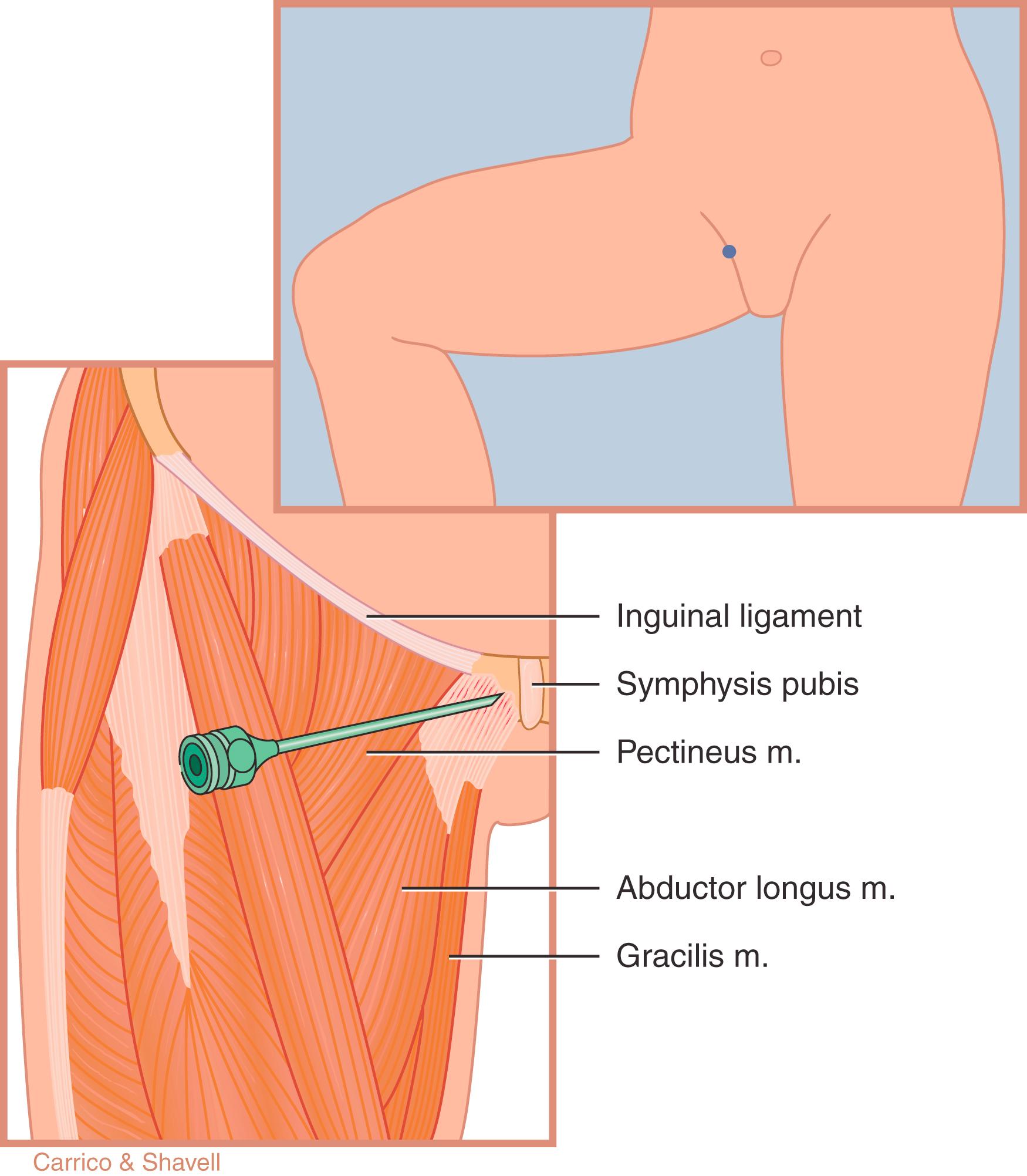
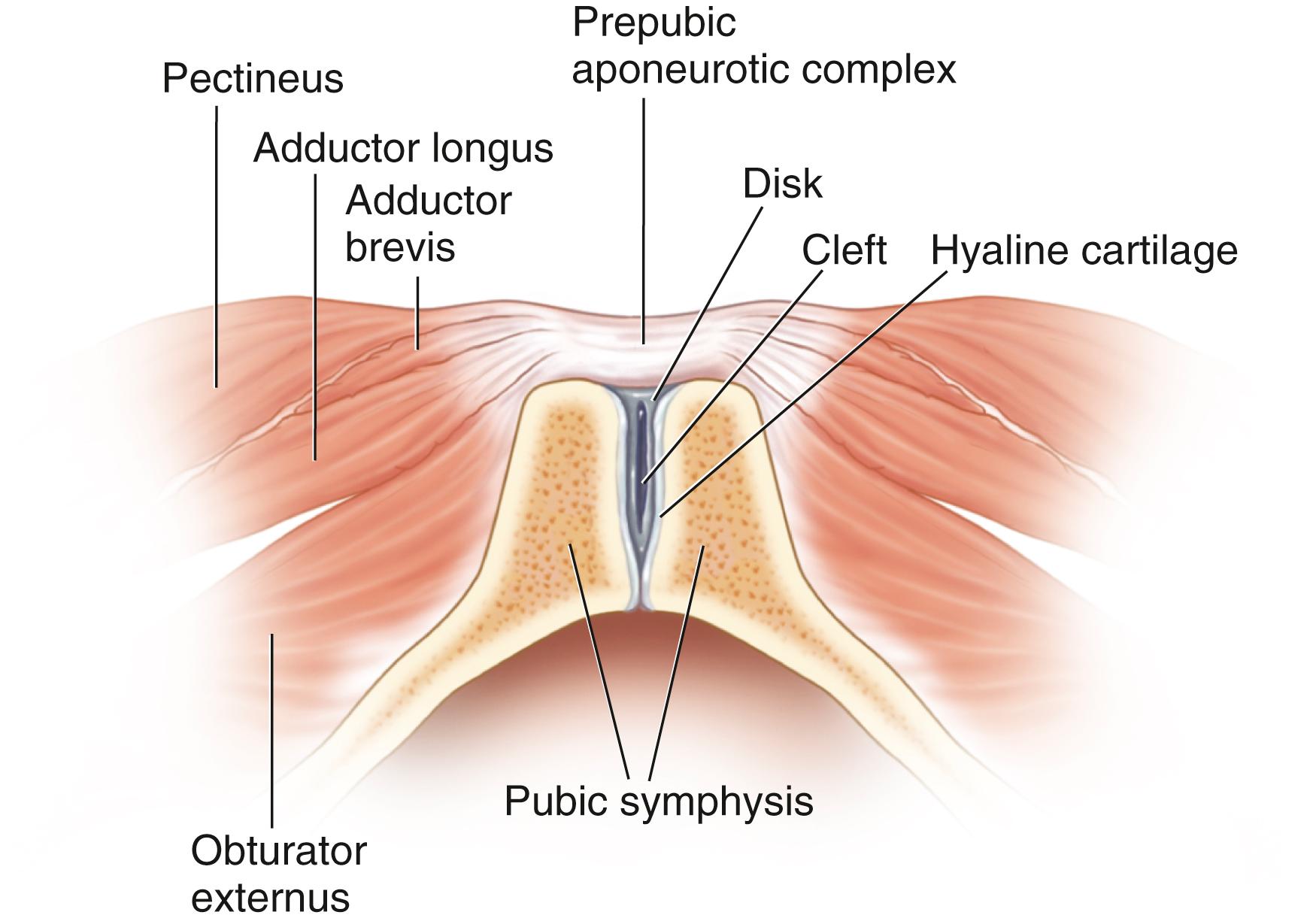
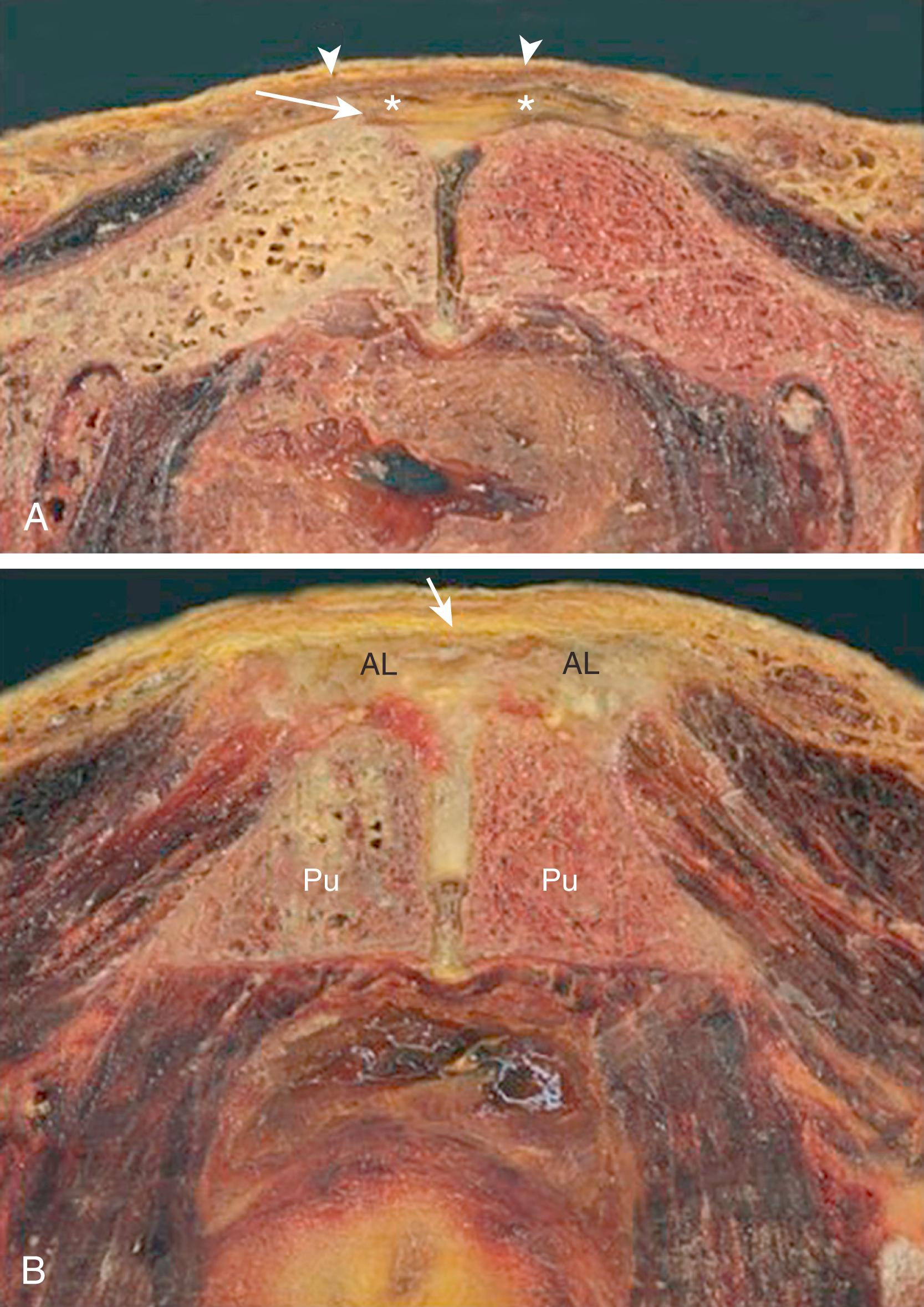
Become a Clinical Tree membership for Full access and enjoy Unlimited articles
If you are a member. Log in here